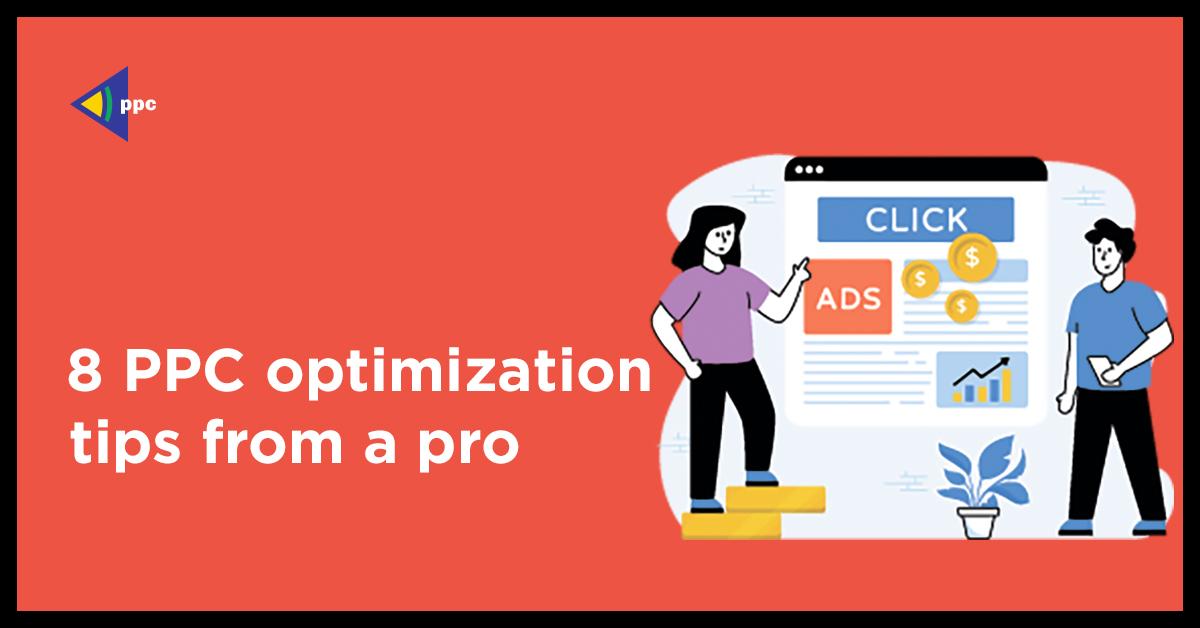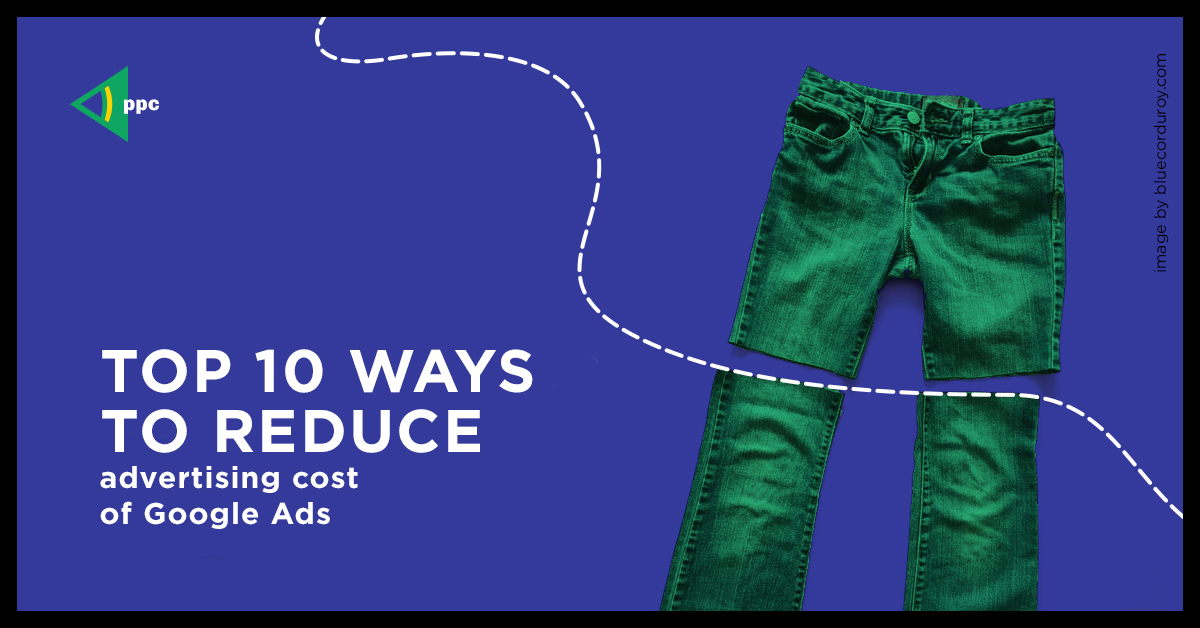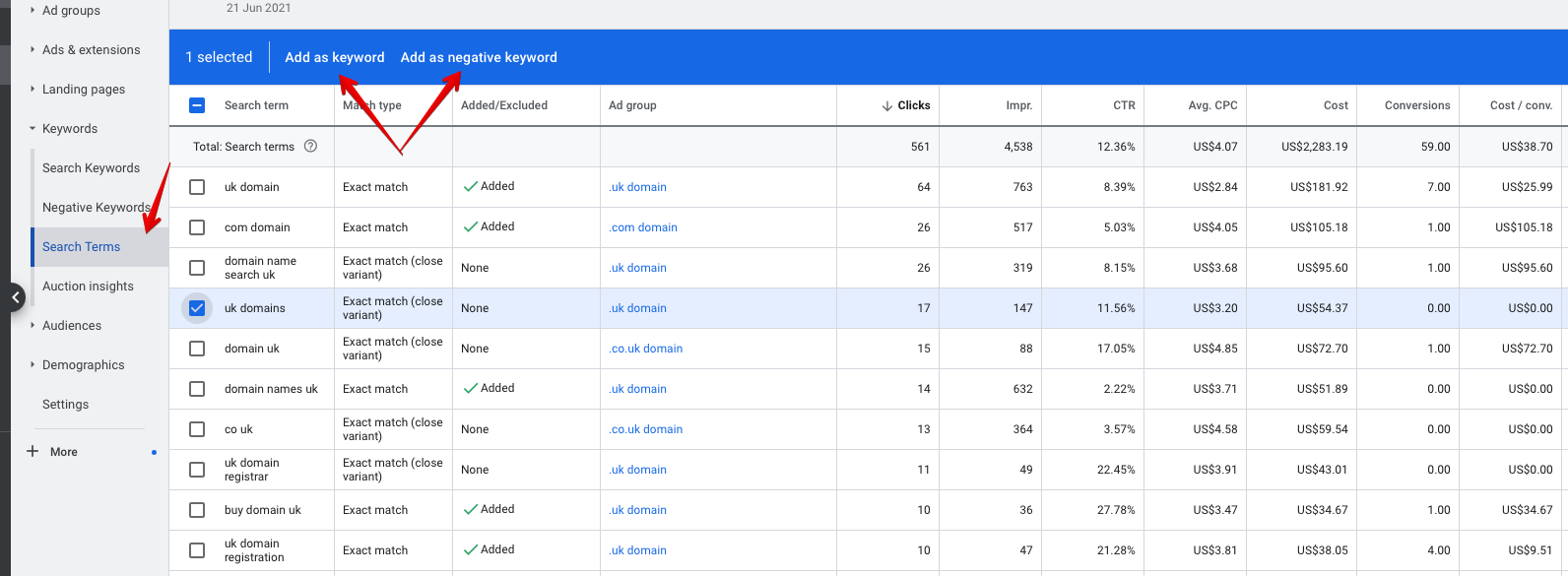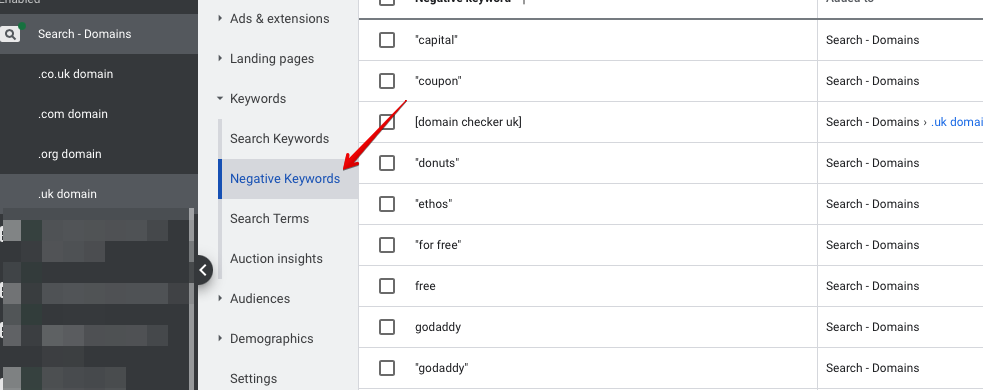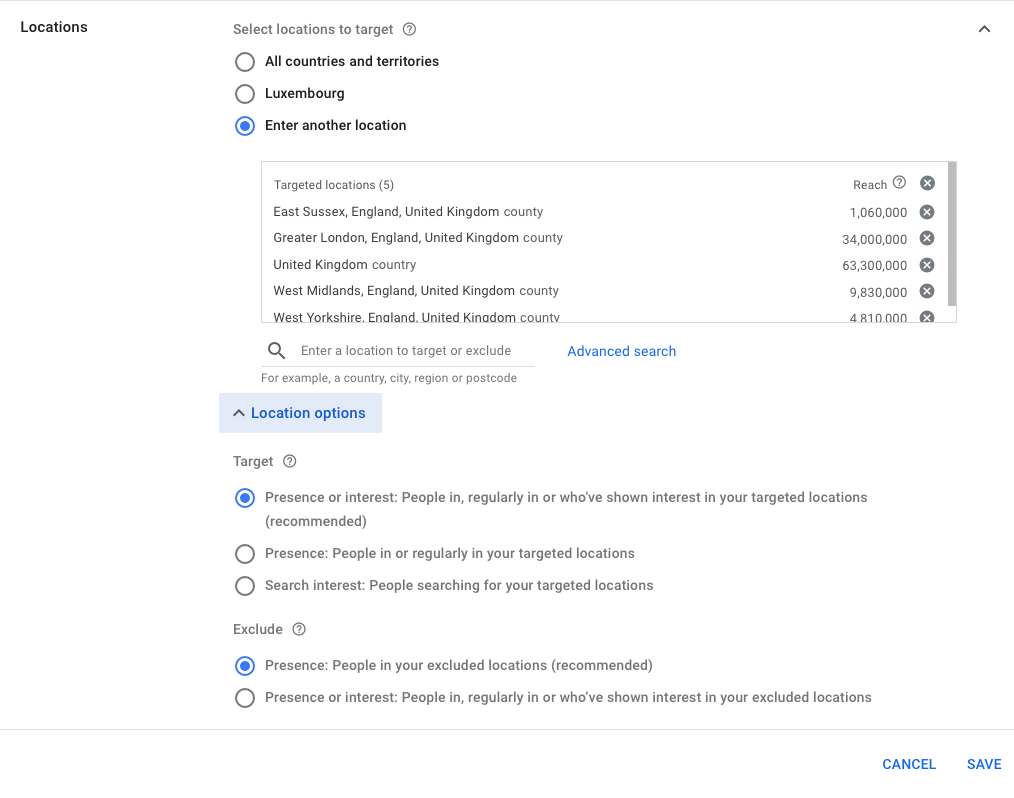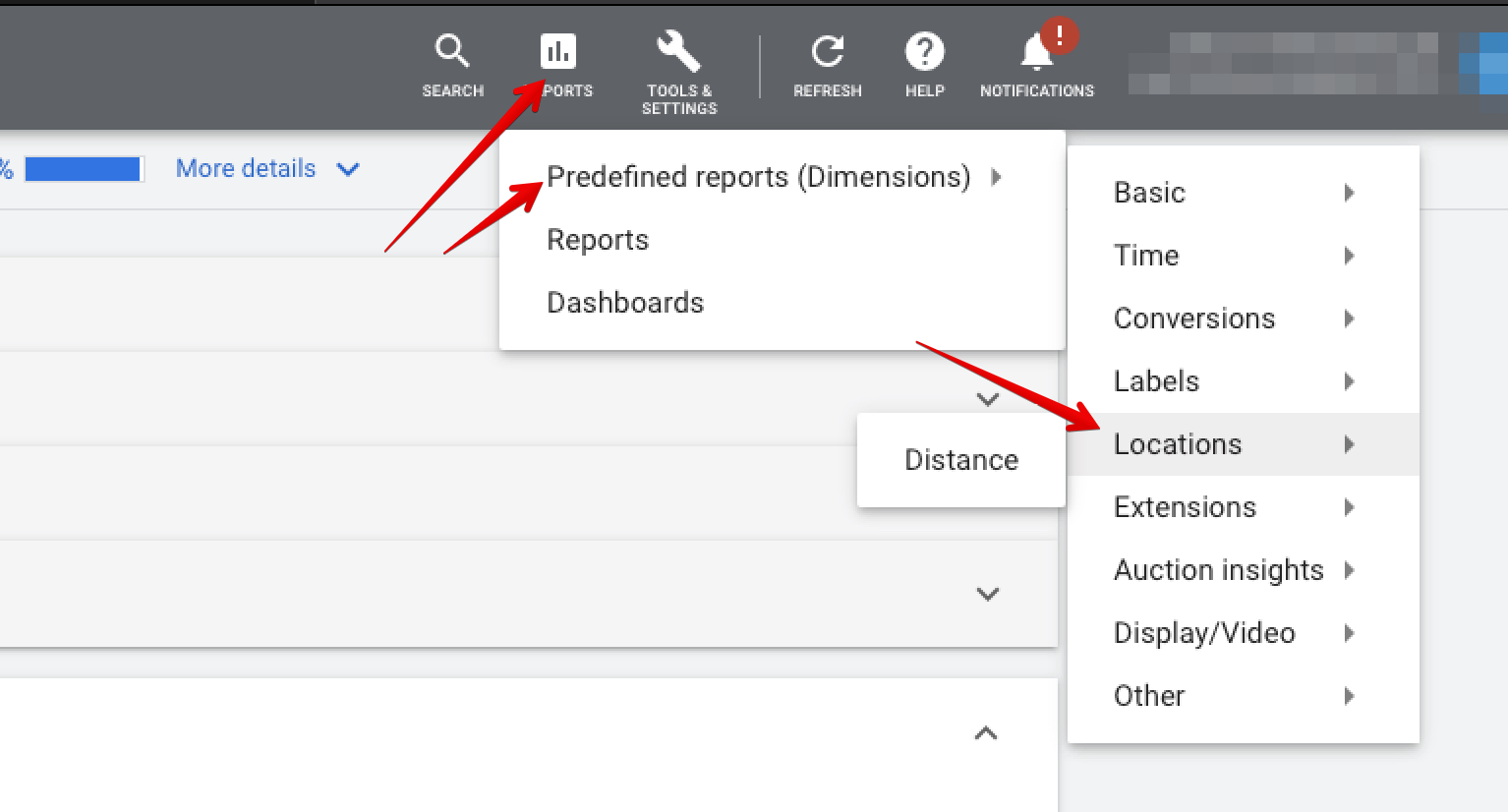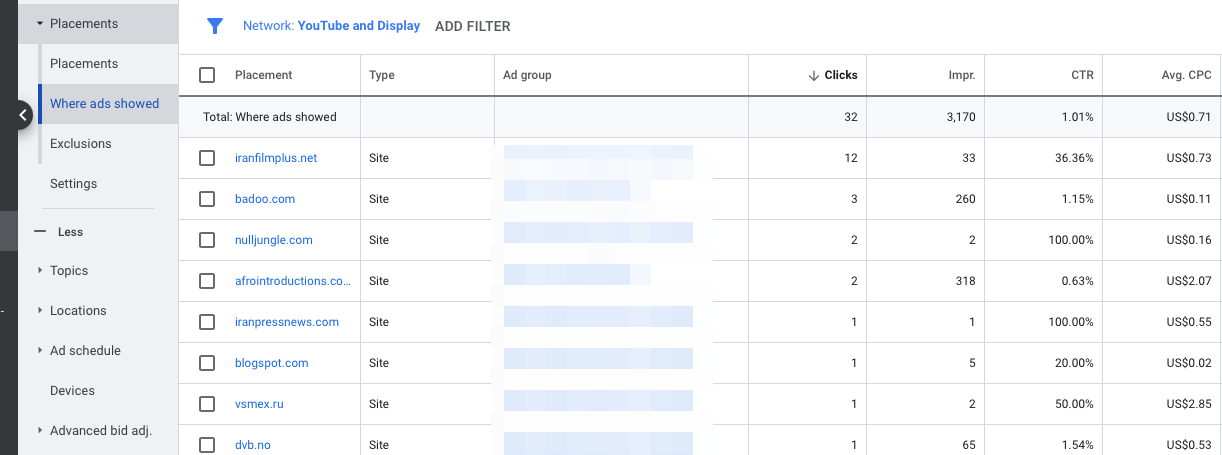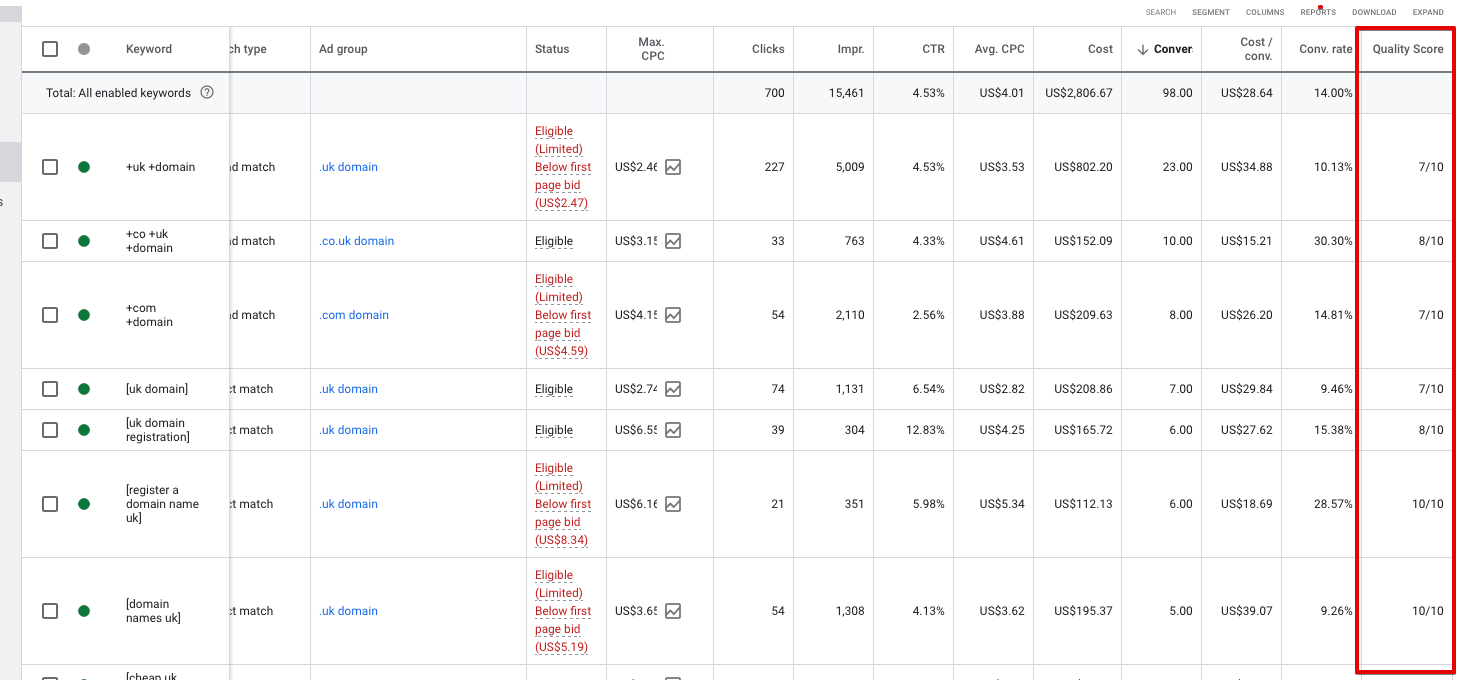8 PPC optimization tips from a pro
Digital marketing, we like to say, is a combination of art and science.
Sure, there are rules, procedures, and steps to follow, but without a healthy dosage of imagination, your program is unlikely to succeed.
This is something that experienced paid search marketers understand.
They also understand the need for experimentation, analysis, and optimization in developing a successful and long-lasting PPC campaign.
Behaviors, competitors, and algorithms evolve at a rapid pace. To stay ahead of the game, you must notice something before someone else does. Allow these search optimization methods from pro to guide your efforts in 2022 and beyond.
1. Experiment with manual bidding.
Without the proper bidding strategy, no matter how good your PPC advertising is, you won’t get the desired results. Your bid strategy is determined by your campaign objectives.

The classic automatic cost-per-click (CPC) bidding technique can be used to achieve the largest number of clicks within your budget.
Allowing Google to perform the work for you, though, has a few drawbacks. One of them is the lack of a simple way to tweak your campaign if it isn’t working. This issue can be solved by using manual bidding.
This more personalized, hands-on bidding approach:
- Ad visibility is improved.
- Reduces the cost per action (CPA)
- Allows you to prioritize keywords that are more likely to convert.
- A more sophisticated method is to switch from automated to manual bidding.
It frequently necessitates paying particular attention to strategies such as:
- Because the procedure might be time-consuming, focus on one campaign at a time.
- Reduce your bids for keywords that generate a lot of impressions but no sales.
- Increasing bids for conversion-oriented keywords to boost the position of ads featuring them and enhance conversions
- Choosing a default bid in your automatic campaigns that is close to the average CPC
- When you need more control over your bids, manual bidding is ideal. However, with this method, you’ll spend more time making sure you’re bidding the proper amount at the right time.
Setting up automated rules to pause poorly performing keywords, boost bids to the top of the page or first page, raise or drop bids at specific times of day, and more can help you save time.
When using manual bidding, it’s a good idea to run the campaign for a couple of weeks to check if it meets the goal of lowering CPC and increasing sales.
2. Use remarketing to your advantage
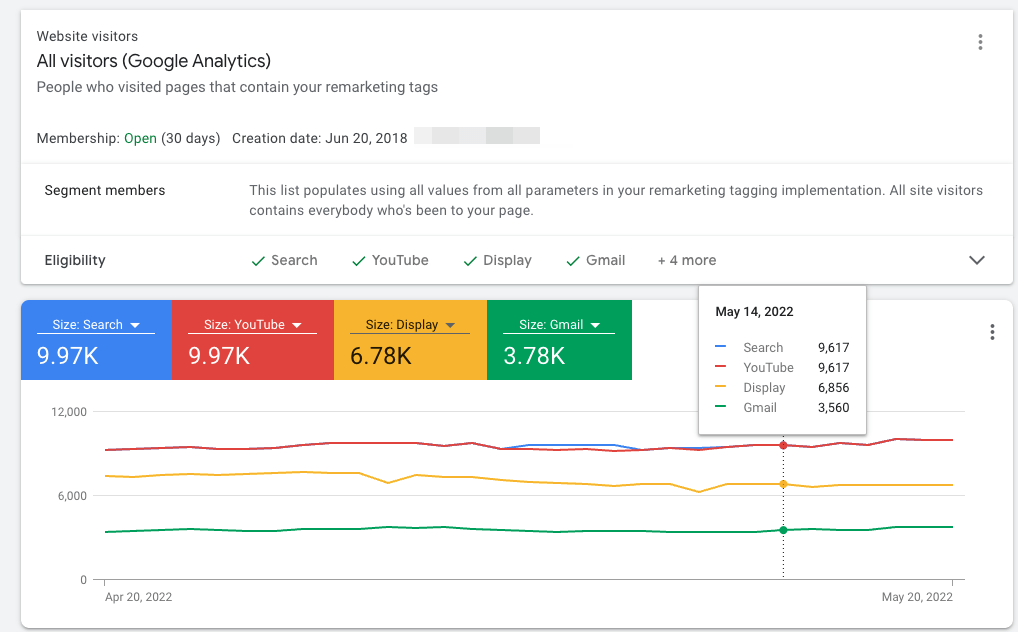
It’s common knowledge that nearly no one converts on their first visit to a website (i.e. makes a buy). Does this imply that your PPC advertising is a waste of money?
Obviously not.
Simply combine them with remarketing efforts to increase their effectiveness.
This method entails employing advertisements to track potential customers who have clicked on your ads or visited your website. Placing your ad in front of them acts as a subtle reminder of the action they may have intended to do on your website.
The key to enhancing your conversion rate is to create an ad group with people who have already visited your landing pages.
While recent data and privacy updates have brought some new challenges to remarketing, there are still ways to construct successful strategic campaigns.
3. Look into Microsoft Ads
Google Ads is the undisputed king of PPC advertising. But that doesn’t rule out the possibility of examining alternative options.
For some businesses, Microsoft Advertising could be the answer they’ve been looking for to boost their sponsored search ROI.
Non-Google search engines and platforms sometimes have less competition, which means lower CPCs, depending on your business.
While it’s simple to import a campaign from Google Ads and let it run its course, you may be overlooking some of these platforms’ most beneficial features.
Microsoft advertising, for example, includes:
- Add call-to-action (CTA) buttons near your ad that connect to a specific landing page.
- Review extensions — show reviews from other websites beneath your ad.
- LinkedIn targeting – track how your advertising is being received by the LinkedIn audience to make modifications.
- View how your exposure compares to that of your competitors who appear for the same search searches 4. Pay attention to
- Amazon’s advertisements.
- Another PPC optimization possibility is Amazon Advertising.
While Google, Microsoft, and Facebook Ads reach a large audience, folks who see your ad on those platforms aren’t always in the decision stage of the buyer’s journey.
On the other hand, Amazon audiences are typically closer to the bottom of the sales funnel. Visitors to this retail behemoth are almost certainly ready to buy, greatly increasing your chances of conversion.
These are the several sorts of Amazon sponsored adverts available to you:
In search results, brand adverts appear as banner ads.
Product advertising as promoted relevant results within the search results for selected keywords
Branded videos that automatically play and provide an image, description, and link to the product.
E-book advertisements on the lockscreen
To take use of this advertising option, you don’t have to sell your products on Amazon.
5. Take use of responsive search ads.
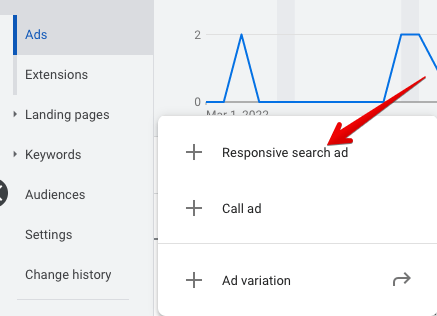
Responsive Search Ads (RSAs) gained popularity immediately after their debut in 2019. This is largely due to the fact that these ads allow you to generate 15 various headlines and four alternative ad descriptions.
Google then tries different combinations of these pieces and chooses the best ones based on parameters such as:
Devices searched for keywords
Searching habits
Responsive advertisements allow you to reach your target audience faster while saving time and money on A/B testing.
Google is retiring extended text advertising, which means RSAs will be the favored ad format by June 2023.
6. Make your website more user-friendly.
If you don’t optimize your website to greet your target audience once they arrive, your PPC campaign results may fall far short of expectations.
Google has recently begun to include Core Web Vitals when deciding page rankings. These are essentials:
Page loading time – The page should load in less than 2.5 seconds.
Visual stability – When the user is reading the content, page elements should not move (this commonly happens when a piece of media loads), requiring the visitor to look for their lost location.
The delay between a visitor taking action (such as clicking a button or tab) and the website replying should be less than 100 milliseconds.
The Core Web Vitals illustrate how good of a user experience you should strive for. Improving them will assist your PPC ad clickers to convert as well as improve your search engine optimization efforts.
Pro tip: While you’re working on your website, make landing page SEO a top priority. When the content on your landing page is similar to the keywords you’re employing, the relevancy is increased, and Google may reward you with a better Quality Score.
7. Go over your keywords again.
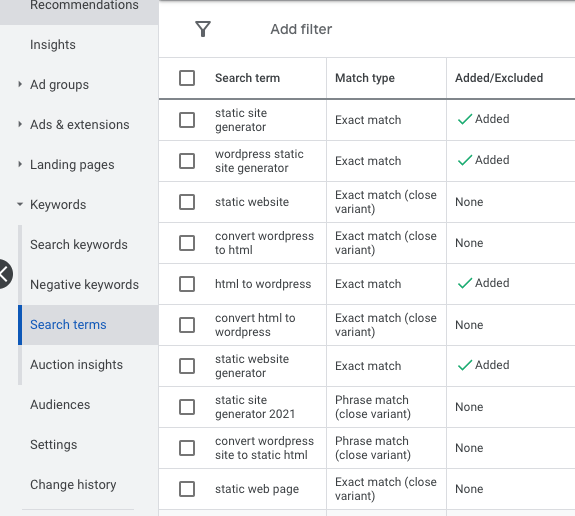
When was the last time you looked at your keywords with a critical eye?
There’s never a terrible moment to think about increasing your present keyword lists, upgrading your negative keywords, and removing underperforming keywords.
Furthermore, a few keyword changes could yield significant results. Even small changes like adding an adverb, eliminating a term with low search volume, or looking up which terms your competitors rank for will help you get closer to more hits and a greater ROI.
Pro tip: Check your Google Analytics (GA) user search term reports for new keywords to add that aren’t currently in your account, then utilize Google Keyword Planner for more research.
8. Monitor your conversion statistics.

For conversion tracking, we recommend using GA and a program like Google Tag Manager (GTM).
Why? Assume you want to increase form completions. You can set up your tags in GTM, create goals in GA, and then import them into Google Ads.
It simplifies the conversion setup if you have the same aim for numerous channels, such as paid social and paid search or SEO and paid search.
Google Ads conversion tags can also be configured directly in GTM. (Because this works around GA, you’re simply tracking Google Ads conversions.)
You may also establish remarketing audiences in GA and import them into Google Ads once you link your GA and Google Ads accounts, which you must do before importing goals.
Need extra assistance in 2022 with your PPC campaigns? Contact us.
Summary:
The process of PPC optimization is never-ending.
When you consider the numerous new possibilities and upgrades that occur each year, it’s practically hard to succeed without periodically assessing your techniques in order to improve them.
At the end of the day, the finest PPC ads are those that are clear, consistent, target the proper demographic, and deliver on their promises.

